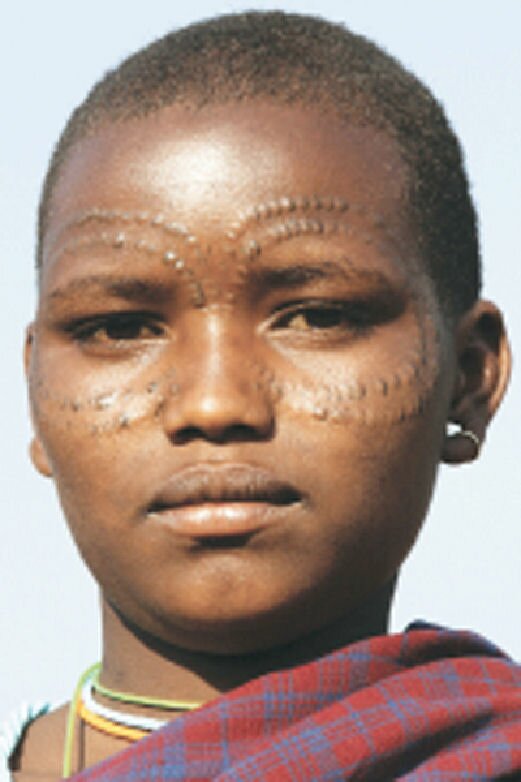Emergency Contraception
Emergency Contraception can prevent an unplanned pregnancy in the following situations:- No contraception was used
- Missed birth control pills, patch, or ring
- The condom slipped, broke, or leaked
- The diaphragm or cervical cap is dislodged during sexual intercourse or was removed too early
- Error in the calculation of the fertility period
- Non-consensual sexual intercourse (sexual assault)
How it works
EC, which is successful in preventing about three out of every four pregnancies that would have happened, works by delaying/preventing ovulation and can be taken up to 5 days after sex. Emergency contraceptives work by delaying or inhibiting the release of an egg (ovulation), altering the luteal phase length, and also possibly inhibiting the implantation of a fertilized egg. In the unlikely event that implantation does occur, EC does not interrupt the pregnancy or put the fetus at risk. However the sooner it is taken, the better it works.
Another contraception called the copper intrauterine device (copper IUD) can also be used as emergency contraception up to 7 days after sex.
http://www.sexualityandu.ca/birth-control/emergency-contraception-morning-after-pill


